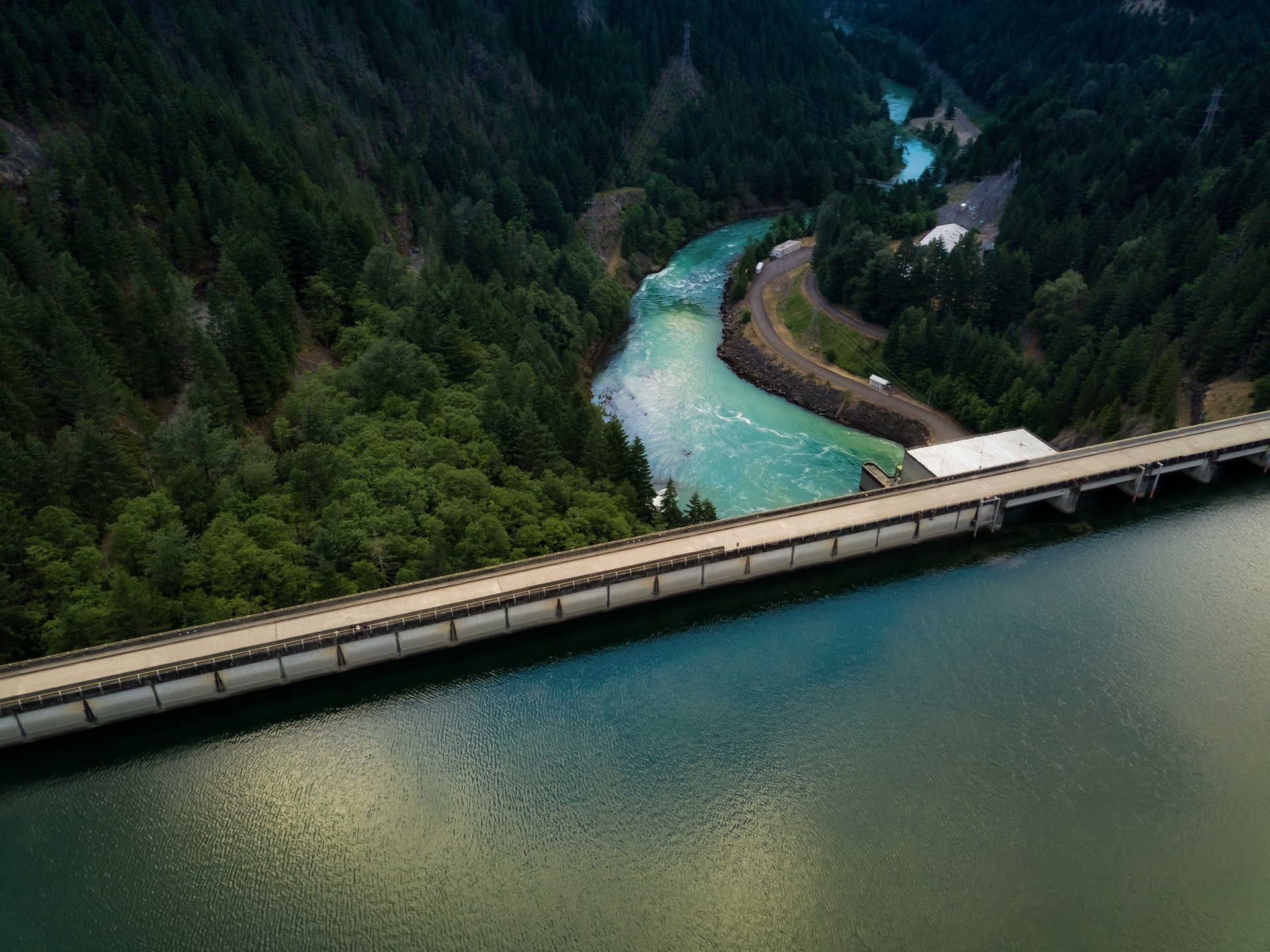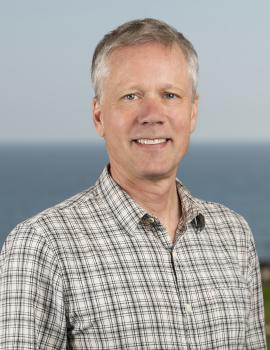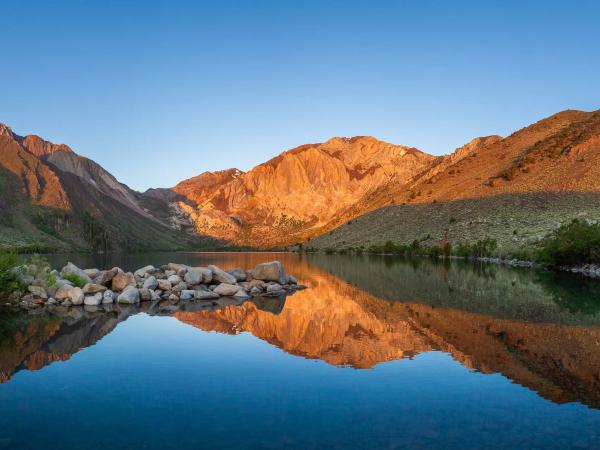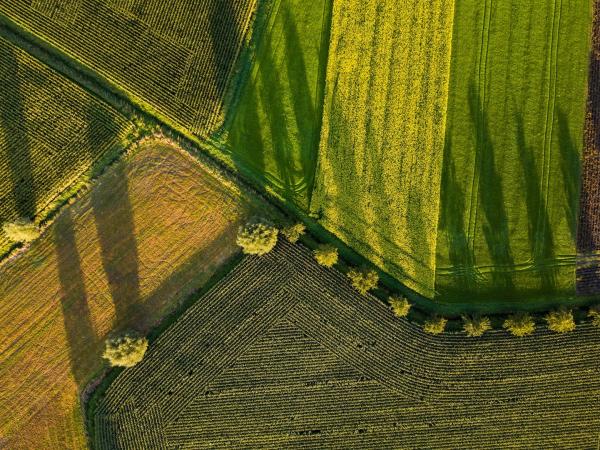
Water. It’s perhaps the biggest issue in the American West. It has inflamed passions and driven ambitious projects for the past century. Now an economist at UC Santa Barbara has investigated how we might be able to mitigate the stress of droughts by changing the incentives for water storage and use. The results appear in the journal Nature Sustainability.
Humans use water for a variety of different ends, but rivers also need water flowing through them to ensure the survival of fish and other wildlife. In fact, the Endangered Species Act (ESA) requires a minimum stream flow in certain rivers to protect threatened fish. In Oregon’s Willamette River this is also tied to the fishing industry. No water means no salmon, and no salmon means no fishing.
Andrew Plantinga, an environmental economist at the Bren School, teamed up with colleagues at institutions in the Pacific Northwest to investigate water use dynamics in the Willamette River Basin. The goal was to figure out how to meet human demands on water while fulfilling the minimum flow requirements during severe droughts.
The team set up a spatial model to simulate human and natural factors. The model comprises 160,000 individual cells spanning the basin with rules that governed how the system changed over time. They selected a particular year in the simulation where the basin suffered a severe drought, and homed in on short-term interventions that might allow the region to meet both human demand and ESA requirements.
Read the full story at: The UCSB Current
Credit: Harrison Tasoff



